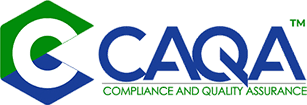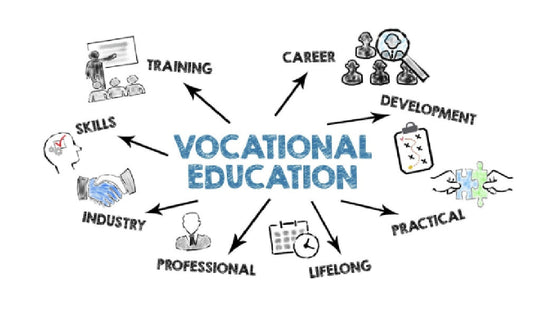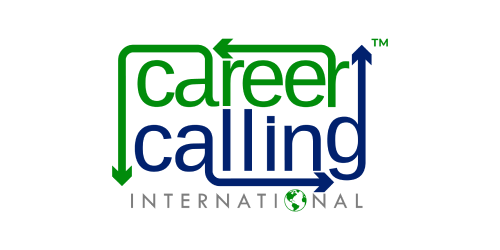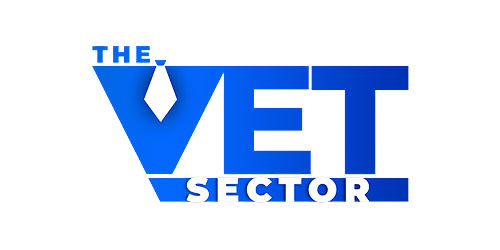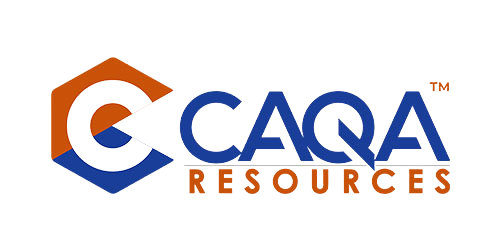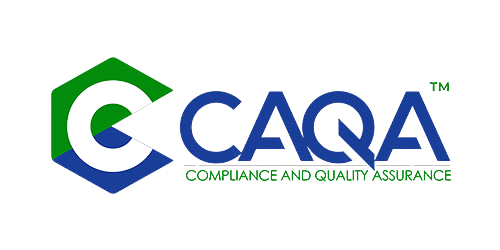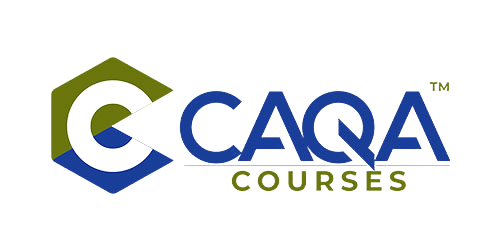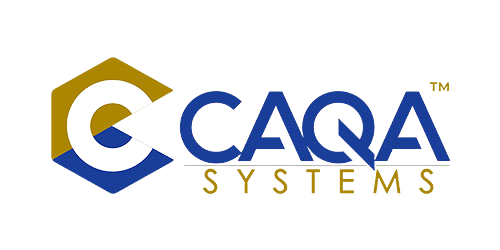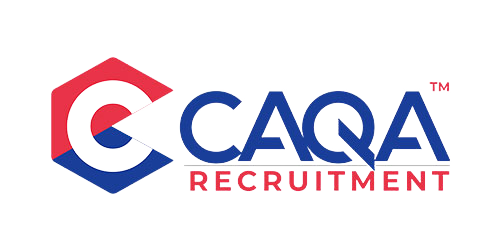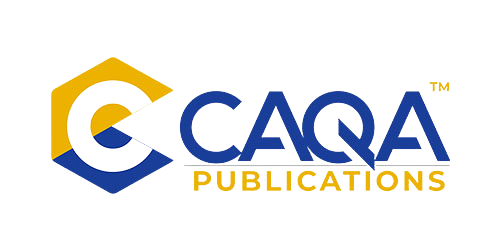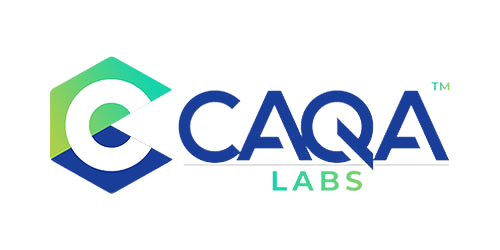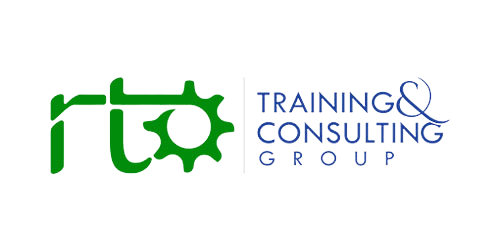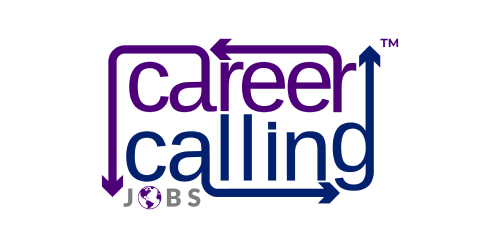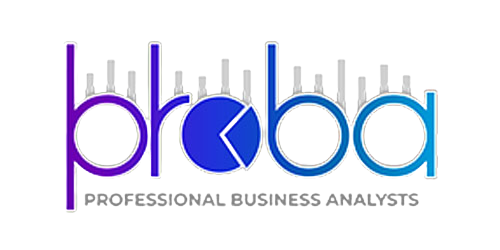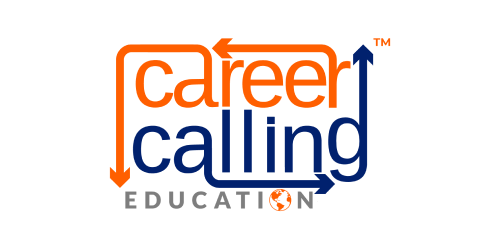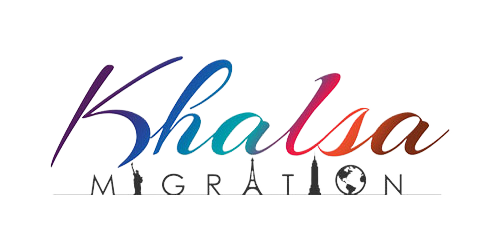Practical assessment is a cornerstone of vocational education, aimed at measuring a learner's ability to apply skills and knowledge in a real or simulated work environment. This ensures that graduates are not just "book smart" but are also competent and job-ready. This article delves into the complexities and best practices surrounding practical assessments, considering regulations like Standards for RTOs 2015 and recommendations from ASQA (Australian Skills Quality Authority).
The Nuances of Assessment in VET
The Definition and Its Implications
The Standards for RTOs define assessment as a process determining if an individual can perform to the workplace standard specified in a training package or VET-accredited course. This suggests that assessment isn't just about theory; it also involves practical skills evaluation.
Unit of Competency Relevancy
Assessment tasks should always be aligned with the unit of competency requirements. This includes specifying the contexts in which the skills will be applied, known as performance evidence, and the foundational knowledge necessary, known as knowledge evidence.
Mandatory Assessment Conditions by the regulatory body
Equipment and Physical Requirements
These must be thoroughly detailed to prepare the learner and the assessor for the practical assessment.
Interpersonal Dynamics
Conditions involving interactions with clients, colleagues, and supervisors must be explicitly outlined.
Time Constraints
The assessment's duration should be clear, ensuring it aligns with real-world expectations and training package requirements.
Designated Hours
If the assessment spans across multiple units, the designated hours for each should be specified to meet training package requirements.
Assessment Task Relevancy
Each task should not only be relevant to the unit of competency but also achievable within the stipulated time frame.
Types of Practical Assessments
Actual Workplace Assessments
Characteristics
- Conducted in a real work setting
- More spontaneous and less controlled
- Provides real-world experience
- Best Practices for Providers
- Coordinate with employers for a smooth assessment process
- Ensure safety protocols are observed
- Maintain records for compliance and validation
Simulated Workplace Assessments
Characteristics
- Conducted in a controlled, simulated environment
- Ideal for high-risk or complex tasks
- Allows for re-runs, pauses, and discussions for educational purposes
- Best Practices for Providers
- Make the simulation as realistic as possible
- Adhere to the same quality standards as actual workplace assessments
- Utilise technology to mimic real-world tools and conditions
Practical assessments are indispensable in vocational education, serving as a rigorous measure of a learner’s ability to apply theoretical knowledge in a workplace setting. Whether conducted in an actual workplace or a simulated environment, these assessments are governed by a stringent set of conditions and standards to ensure their relevance, fairness, and effectiveness. By adhering to these guidelines and employing best practices, VET providers can offer assessments that are not only compliant but also beneficial for both the learners and the industries they will eventually serve.
